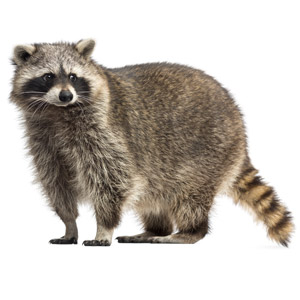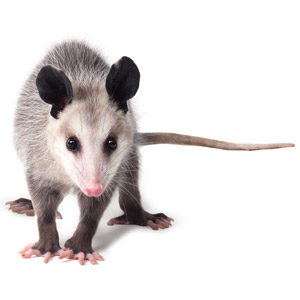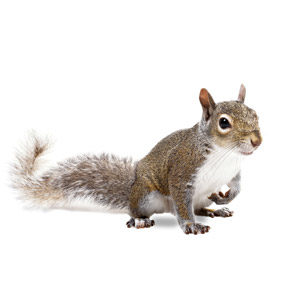Description
| Size | 2 feet to 3 feet long – 7 to 10 lbs. |
| Color | Gray |
| Body Structure | Raccoons are heavily furred and have distinctive black “mask” markings over their eyes. They also have dark and light rings around their tail. |
| Characteristics | Raccoons generally live for about 2 to 3 years. They can make dens nearly anywhere as they are very adaptable creatures. It’s not very common to see raccoons active in the daytime as they are primarily nocturnal pests. Raccoons are known to be aggressive. They have long, sharp claws and if they feel threatened they may scratch or bite. |
| Habitat & Behavior | In the wild, raccoons sleep in abandoned burrows and crooks of trees. In homes, they’ll live in attics, crawl spaces, and underneath porches. This wildlife animal will feed on snails, produce, birds, rabbits, and their own eggs. And despite their reputation for dumpster diving, raccoons are very clean. They clean their food before consuming it. |
| Commonly Active | Spring / Summer / Fall / Winter |
| Prevention & Treatment | Because raccoons love food and love being around people who have a lot of food, they’ll quickly invade your property, without hesitation to eat your scraps or feast on your garden. Exclusion and trapping are the most effective ways to deter raccoons. Pick up fallen fruit, and secure trash cans. Cover attic vents and other openings around your home and consider rodent guards for large fruit trees. For active infestations, raccoon trapping & removal is recommended. |


